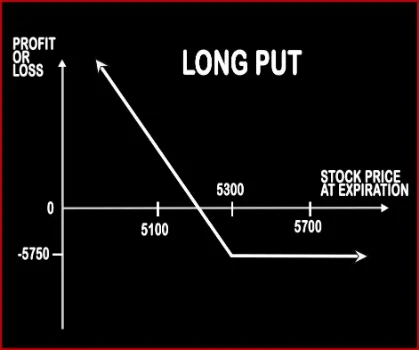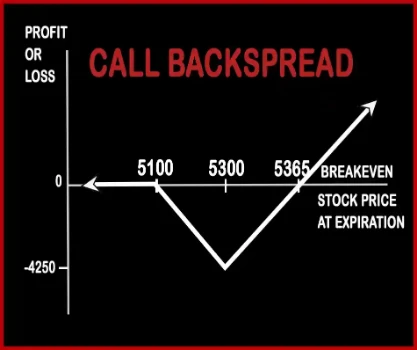Comparision (LONG PUT
VS CALL BACKSPREAD)
LONG PUT
CALL BACKSPREAD
About Strategy
Long Put Option Strategy This strategy is implemented by buying 1 Put Option i.e. a single position, when the person is bearish on the market and expects the market to move downwards in the near future.
Risk: <
Call Backspread Option Trading This strategy is adopted by traders who are bullish in nature. He expects market and volatility to rise in the near future. A trader need not be direction specific here (i.e. an upward or downward trend, but a small bias towards an uptren d should always be present, as the gains will be much higher once the market moves up r ..
LONG PUT
CALL BACKSPREAD
Market View
Bearish
Bullish
Type (CE/PE)
PE (Put Option)
CE (Call Option)
Number Of Positions
1
3
Strategy Level
Beginners
Advance
Reward Profile
Unlimited
Unlimited
Risk Profile
Limited
Limited
Breakeven Point
Strike Price of Long Put - Premium Paid
Lower breakeven = strike price of the short call, Upper breakeven = strike price of long calls + point of maximum loss
LONG PUT
CALL BACKSPREAD
Market View
Bearish
Bullish
When to use?
A long put option strategy works well when you're expecting the underlying asset to sharply decline or be volatile in near future.
This strategy is used when the investor expects the price of the stock to rise in the future.
Action
Buy Put Option
Sell 1 ITM Call, BUY 2 OTM Call
Breakeven Point
Strike Price of Long Put - Premium Paid
Lower breakeven = strike price of the short call, Upper breakeven = strike price of long calls + point of maximum loss
LONG PUT
CALL BACKSPREAD
Maximum Profit Scenario
Profit = Strike Price of Long Put - Premium Paid
Unlimited profit potential if the stock goes in upward direction.
Maximum Loss Scenario
Max Loss = Premium Paid + Commissions Paid
Strike Price of long call - Strike Price of short call - Net premium received
Risk
Limited
Limited
Reward
Unlimited
Unlimited
LONG PUT
CALL BACKSPREAD
Similar Strategies
Protective Call, Short Put
-
Disadvantage
• 100% loss if strike price, expiration dates or underlying stocks are badly chosen. • Time decay.
Advantages
• Limited risk to the premium paid. • Less capital investment and more profit. • Unlimited profit potential with limited risk.
• Unlimited profit potential.

